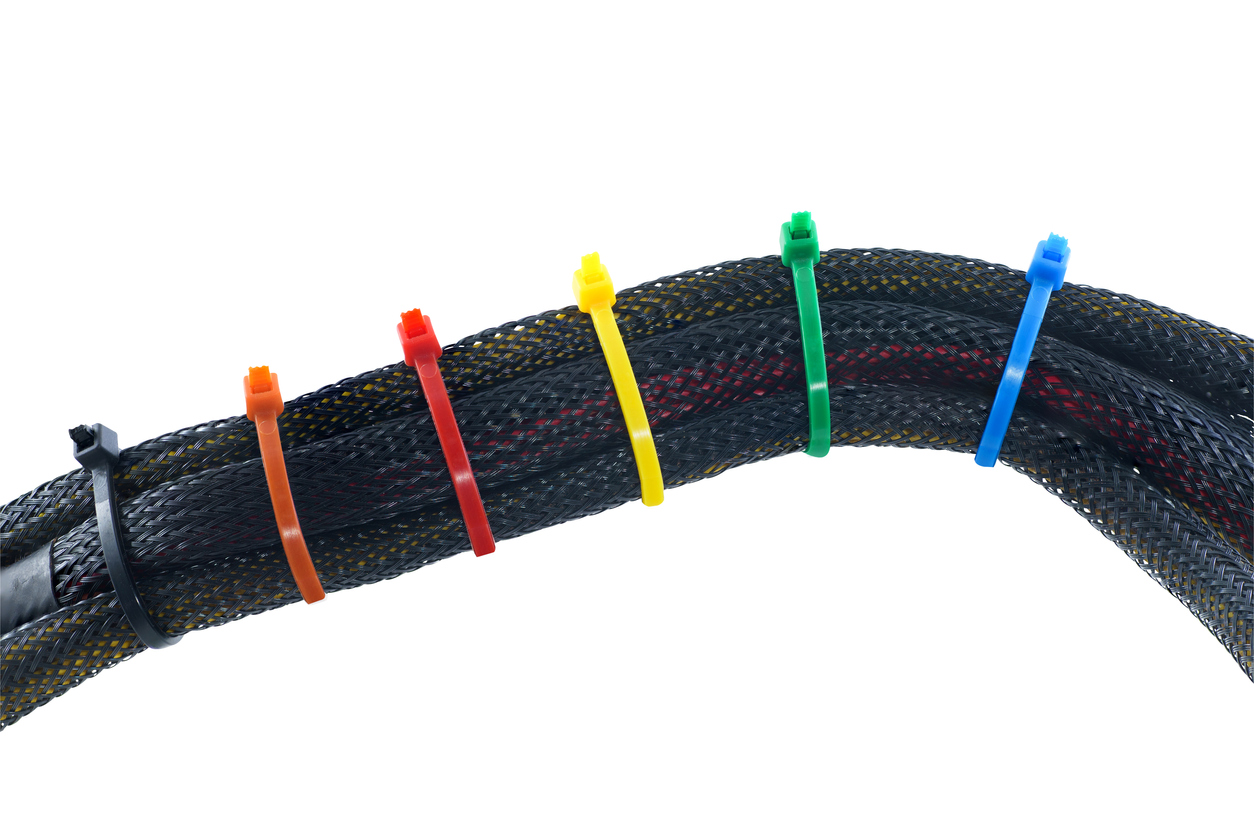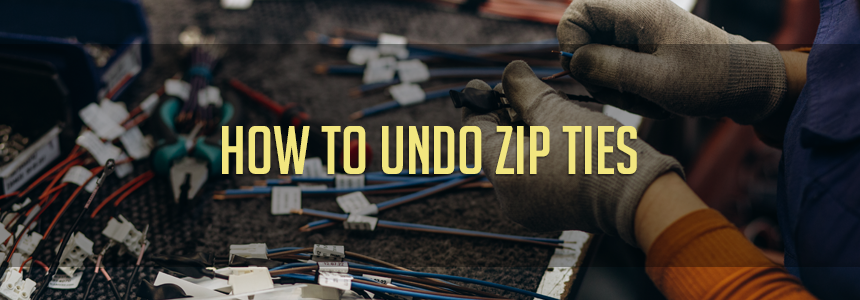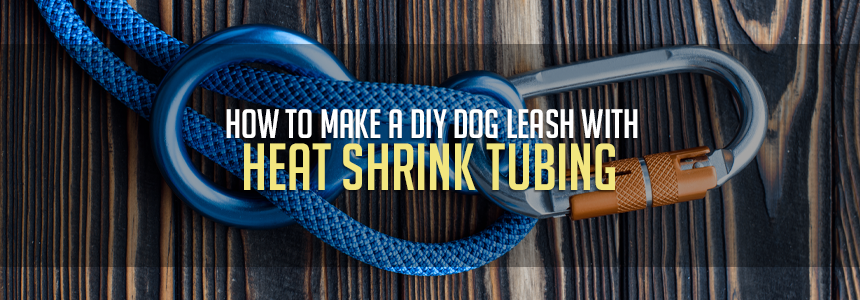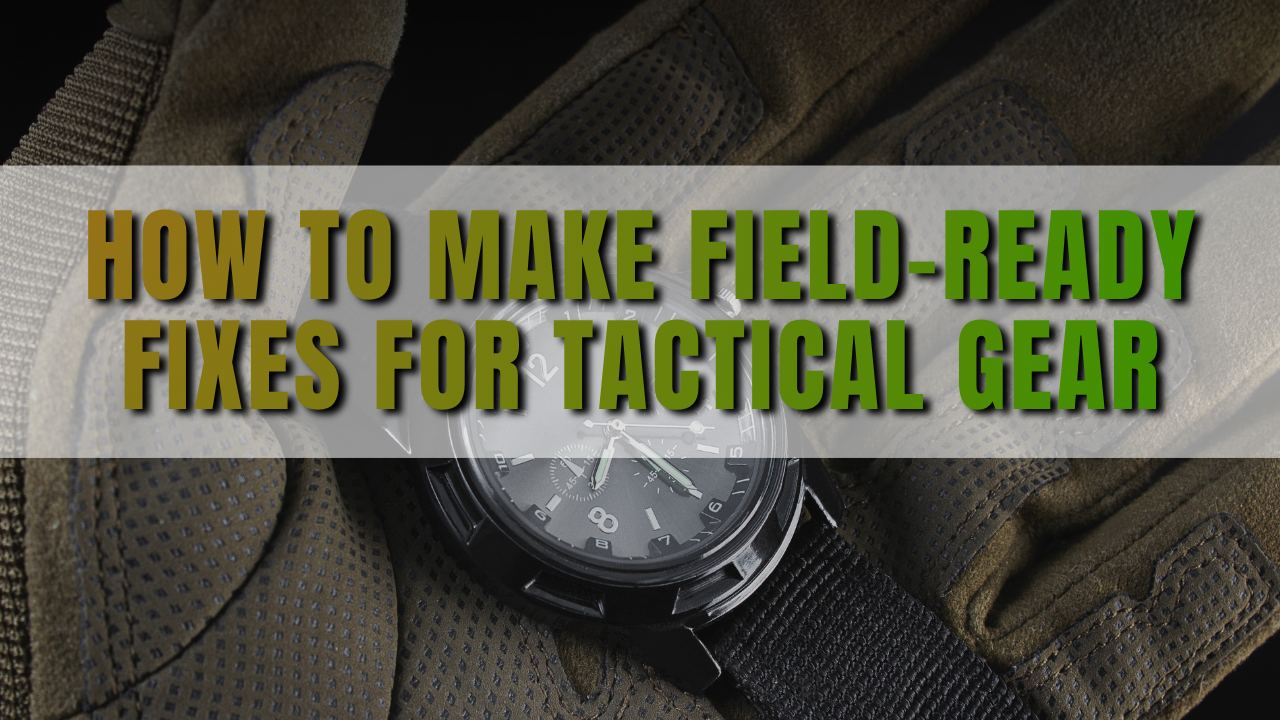How to Use Cable Ties

How to Use Cable Ties
Cable ties go from straightforward straps to strong, strapping circles in just seconds.
They're quick, clicky, durable, and strong. You can hang them outside, hook them inside, lock things up, or hold things down. Use them for keys, wreaths, tent zippers, zipper pullers, bathrooms, buttons, hubcaps, backpacks, decorations, or electrical applications.
No matter where it all needs to go, get it there with cable ties.
Cable Ties That Bind
When you need to bundle, secure, and support, you need cable ties. There's no faster, easier, or more efficient way to bind up, clean up, and keep up with all your cords, wires, wire cable ties and electrical components.
Whether you're a DIY-er trying to get a handle on home cable management or you're a professional responsible for field work, electrical installations, and circuit conductors, cable ties are the best way to go.
Here are a few ways to use cable ties like a pro:
- Secure bundles of wires to support structures
- Provide appropriate spacing, positioning, and visibility to conductors and cables
- Support static loads
- Reduce vibrations and movements
- Create neat and workmanlike installations
Cable ties are the best way to bind up all your wires and electrical woes.
The Anatomy of a Cable
Most standard cable ties are made from nylon and come in various lengths and colors. The anatomy of each cable tie is easy to see and important to understand.
Unused cable ties start as a single, straight-length of strap with two ends. On one end there is a large head with a small mouthpiece-like opening and on the other end is a zip tie's tail. Some zip ties have long, smooth sections for tails while others have short, tapered-off points.
The middle length of a zip tie is lined with little ridges or teeth. As each tooth slides into the mouthpiece, it makes an audible click or zipping sound. Every tooth that locks into place engages the pawl and forms a ratchet. The internal ratchet mechanism of each cable tie only allows movement in one direction. When cable ties are tightened, they don't come undone.

How Do You Put on a Cable Tie?
To use a zip tie, all you have to do is insert the tail into the mouthpiece, form a circle, and pull it through.
As you pull the tail through the mouthpiece it adjusts the size of your loop. The more you pull, the smaller your loops get. The longer you pull its tail through, the tighter the zip tie gets.
When you've reached your desired size and snugness, you're done. Any excessively long tails can be cut about ¼-inch from the head for neatness and safety, but only if you want to.
Zip ties can be as creative as you are. Choose ties in colors that match your project for fixes that blend in so well you'll barely notice they're there. Select brightly colored ties that stand out for distinct luggage and clearly sorted cables.
How Long Do Cable Ties Last?
Standard nylon cable ties can be used indoors and outdoors for 1-2 years. Clear and light colors deteriorate more quickly. Black cable ties are typically resistant to UV light and seasonal temperature changes, which increases their lifespan to 5-10 years.
When zip ties age, especially in the sun and cold, their polymers break down. They discolor, lose flexibility, become brittle, and are prone to cracking. If you know your zip ties are going to live outdoors, choose a type of specialty cable tie designed for weather resistance or high temperatures. If you need your cable ties to keep it together and hold strong against extreme environments, chemicals, or harsh conditions try Panduit PEEK Cable ties.
How Strong Are Cable Ties?
To get the longest lifespan and best use out of a cable tie, make sure to pick one that's strong enough for the task. Zip tie strength is measured as "loop tensile strength".
The U.S. Military was the first to develop this scale of mechanical ability for use in aircraft. This rating measures the mechanical ability of a cable tie and its locking mechanism to remain engaged and secured. Traditional "loop tensile strength" ratings start at 18 lbs and range up to 250 lbs.
The physical strength of cable ties isn't their only laudable mechanical property though. They also have standardized ratings for flex, and vibrations, and are recommended by the National Electric Code and the National Electrical Manufacturers Association.
Are Cable Ties Permanent?
Cable ties are designed to be cheap, convenient single-use devices. Most people don't think twice about cutting one off, throwing one out, or replacing one with another.
Zip ties that are too tight, too old, or just not quite right should be cut off at the middle of the strap with scissors and replaced with a more appropriately selected zip tie.
Although they're affordable and accessible, there's no salvaging a zip tie after you cut it off. So if you ever need to loosen a zip tie's hold or reuse one that's already looped, here's a simple process to make that possible.
To undo zip ties, follow these steps and check out this guide.
- You'll need something small and pointy with a slightly narrowed tip like a metal nail file, safety pin, or paper clip.
- Inside the mouthpiece, locate where the teeth on the strap engage with the pawl.
- Slide the tip of your "prying tool" all the way between the pawl and the strap.
- Pry the pawl up and away from the strap until they're no longer touching.
- While you're holding the pieces apart, feed the zip tie backward through the head to loosen or remove it all the way.
If you follow this process, you'll be able to unlock a zip tie. It's not as fast as just cutting one off and replacing it, but it's another great way to give your zip ties a nice long life.
Where's Your Cable Tie?
Cable ties are straightforward circles that get the job done. There is no task that is too tiny, no project too powerful, and no bundle too big. No matter what it is, just loop it, lock it, and listen for the clicks.
With standardized strength measurements from the U.S. military and professional recommendations from the National Electrical Manufacturers Association, cable ties have more than proven that they're the best way to bundle, the smartest way to secure, and the neatest way to support whatever you need.
Curved tips and low threading force make for easy installations and consistently high tensile strength makes zip ties an affordable and resourceful go-to for anything around your home that needs wrapping up.
Try out the highest-quality nylon cable ties in the most popular colors and sizes at home with an Assorted Cable Tie Kit.
From tail to teeth, cable ties are tough little loops built to last.














